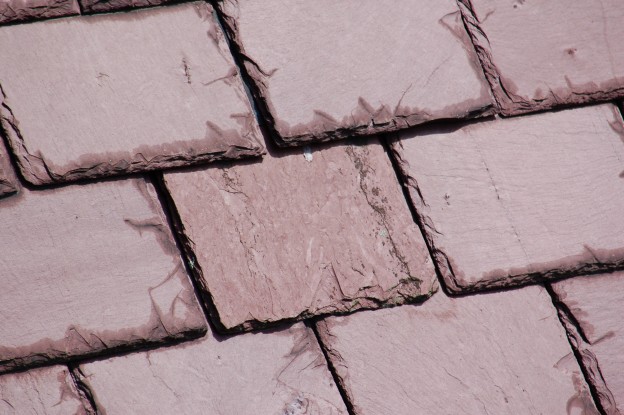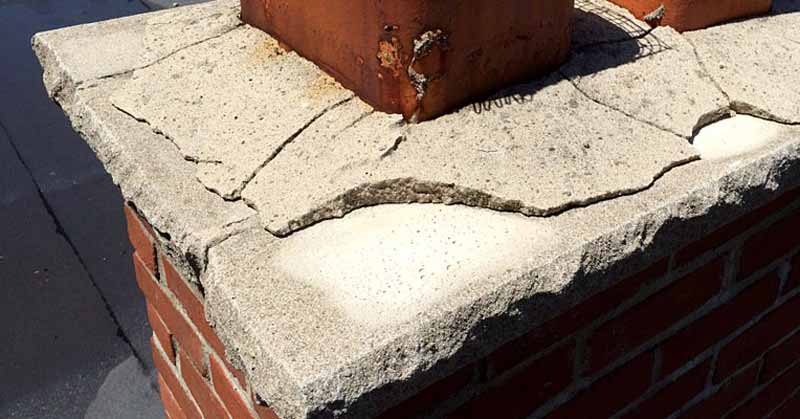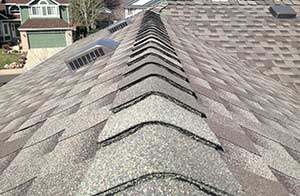ROOF INSPECTION – MAKE SURE IT’S IN GOOD SHAPE
As advised by this article, getting to know your house inside and out is the simple yet best way to make sure everything is in order. The roof, for example, becomes a massive threat to your home, financially and physically speaking, regular roof inspection is advised.
WHEN TO CHECK YOUR ROOF
It is true that the best time to have a roof inspection is during the summer or spring before the falling of leaves happen in autumn before severe rainfalls occur or heavy snow.
Basic things to check are the following:
Roof Surface – simple things to watch out for are missing or cracked tiles, moss or mold, and debris that has to be removed.
Flashing – If your flashing/s is faulty, it could let in rain and snow which can cause more significant problems.
Roof overhangs – Should you observe peeling paint on the underside of roof overhangs – this could already indicate moisture.
Gutters – ensure that your gutters are free from fallen dried leaves as this may cause leaks and dislodged roofs
The underside of the roof – a ray of sunshine peeping through your attic may look pretty at times, but this also means that there are visible gaps in the roof, which is not a pretty sight at all
HOW TO CHECK SAFELY
There are several ways to check your roof safely, one of which is to get on “higher grounds” for more visibility. Using a ladder or quality binoculars can be of great help when doing this. Working with a buddy is also essential as someone is aware that you are climbing up the roof and can readily help should something happen. The best possible way to be safe is to hire a licensed roofing contractor to do all the work for you.

The Importance of Roof Inspection: Evaluating the Roof Envelope in Existing Buildings
besides typical Structural Engineering, we also find ourselves investigating problems in existing buildings. Often we’re called into inspect a rotten wood beam or corroded steel. This work has led us into the field of building envelope consulting.
One building component most prone to failure is the roof. This often leads to structural problems as water does no good once inside the building envelope.
Below are a few video examples highlighting our work on different types of roofs. Roof inspections are very important to gain an understanding of a roof assembly and to troubleshoot problems below. As demonstrated here, problems are often brewing without the knowledge of the building owner or its occupants.
This first roof is a 40-mil EPDM roof. The owner wanted an evaluation of the entire facility to gain an understanding of their upcoming capital expenses. They were unaware of any roof problems they may have had. There were no apparent leaks on the inside of the building.
The roof was very soft and it was fairly evident that the material below the membrane was in rough shape. The membrane itself didn’t appear in too bad of condition. It was approaching the end of its lifespan, but a few repairs could have extended its life a little longer.

Roof Inspection Cost
How Much Does It Cost to Inspect a Roof?
Roofing is one of the most important parts of a home’s integrity and structure. The roof helps to protect a home from the elements, and is often the first line of defense against problems like wind and precipitation. Unfortunately, this can often mean that a roof may begin to deteriorate or develop problems that require repair.
A roof inspection helps to identify potential problems, offers solutions on what areas to fix, determines the longevity and condition of the roof, and can help you keep it in good repair. Conducted every few years or after a major storm, roof inspections can help you head off problems before they become large or expensive.
The average cost for a roof inspection is $100 to $600, with most homeowners paying around $350 for an internal and external inspection of a 1,500 sq.ft. sloped roof. This cost can vary, however, depending on size, roof material, pitch, and roof condition.
Roof Inspection Cost by Roof Material
Not all inspectors are well versed in every type of roofing material. Shingle or flat roofs have different specifications than metal, tile, and slate. Check with the inspector to ensure they can inspect your roofing material. Slate or tile roofs are long-lasting but should still be inspected annually for cracked materials before leaks appear. Slate and tile roof inspections can be more expensive, but with drone technology, it should not be too much more than the average.
Roof Inspection Cost by Type
The roofing material plays a significant role in hiring a roofing inspector. Tile, slate, metal, flat, and shingle roofs each have different requirements and stress points. Ensure your roofing inspector is certified for your roofing material. Inspectors have many tools at their disposal, including drone technology to provide a thorough view of problem spots.

THE IMPORTANCE OF ROOF INSPECTIONS
It’s become the new ‘norm’, as potential homeowners try to get their feet in the door any way they can. We understand this, but passing on home or roof inspections in order to get the house is seriously risky business.
With bidding-wars upping sales values by hundreds of thousands of dollars, many buyers are desperate to jump into home ownership. Many are also willing to forego the home and roof inspections process, buying ‘as is’ without any conditions whatsoever.
Or, they’re agreeing to a pre-inspection done by the sellers or their real estate agent. This is a major red flag for me, as there’s a big conflict of interest with the inspector who gets a lot of business from the selling agent.
Having bought a home without any conditions, or with a shady inspector, you will now be on the hook for any potential problems as well as the maintenance of this home. If you’ve rented in the past, a simple call to maintenance or the landlord took care of all your problems.
Use Our Home Maintenance List For Your Roof.
To help you take care of your new home, I’ve put together a list of things you should be doing and watching out for in your new home, especially as it pertains to your roof.
HOW OFTEN SHOULD YOU GET ROOF INSPECTIONS?
Knowing how often to get a roof professionally inspected depends on various factors, including what building materials compose the roof and what kind of conditions it has been exposed to in the course of the year. Signs of damage may also require more immediate action
THERE IS MORE TO THE ROOF THAN SHINGLES
While shingles and tiles are what most people think of when they picture a roof, there are actually many more components that could need repair and require regular inspection. The roof has a structure made up of trusses or rafters that give it support. On top of this is a sheathing material, often made of sheet metal or boards, which cover the rafters and complete the roof’s structure. On top of that is an underlayment, or the base layer, on which the shingles or tiles are laid. This layer may be the most difficult for a homeowner to inspect on their own, and it is the part that will degrade the most quickly, often needing repair much more often than the roof coverings themselves. The flashing and gutters can also wear over time and need to be in good shape to keep the roof in its best condition.
WHEN YOUR ROOF IS DAMAGED
Recently we wrote about checking your roof for damage after a storm and a regular home roof inspection can prevent most damage to the home, but sometimes storms can severely harm the roof as well. This damage is often visible through leaks in the ceiling, usually noticed in the form of water stains. Other signs include tiles and shingles missing or damaged, or even granules of the shingles in the gutters and drainage system. Any kind of daylight showing in the attic or crawl space is another indication of damage and should be immediately addressed. Dry rot, as well as mold and mildew thanks to water seepage, can also pose a major threat to the integrity of the home. Keep an eye out for dark spots or streaks, or for sagging in the roof itself. If you notice any of these things, the roof needs to be professionally inspected immediately to prevent further damage to the home.
ROOFING MATERIALS MATTER
The main determining factor in the frequency of scheduled roof repair is the roof covering itself. Different types of materials will weather and decay at different rates, which can affect the roof inspection cost. While composite or asphalt shingles are common, and are the most often used roof covering in the United States, shake or wooden shingles are also found and tile roofs are growing in popularity. General guidelines are that an asphalt or composite shingle roof needs professional inspection about every three years, as does a wooden shingle roof, while a tile roof can go up to five years between inspections. Even though these materials have a longer life span, the underlayment and other structural components are protected by the coverings but may still degrade at a faster rate.
A REGULAR HOME ROOF INSPECTION BENEFITS THE HOMEOWNER
If properly maintained, your roof can have a very long lifespan. A well-kept shingle roof can last twenty years without needing to be replaced, while the lifespan of a tile roof can be up to one hundred years. If inspected regularly by a qualified roofing professional, a roof is a good investment for the life of your home, both externally through the curb appear it boosts, and internally by protecting the interior of the house from damage